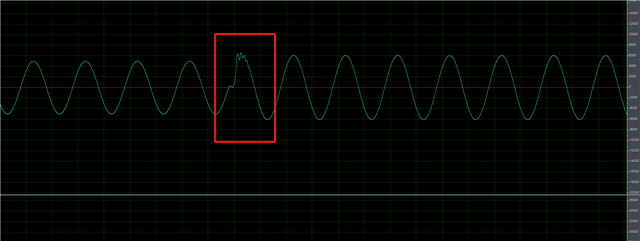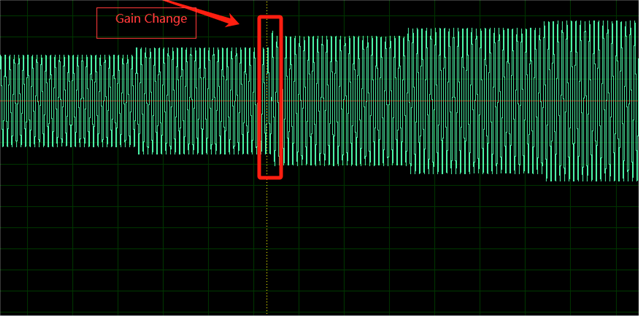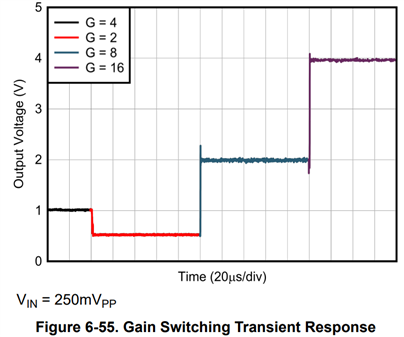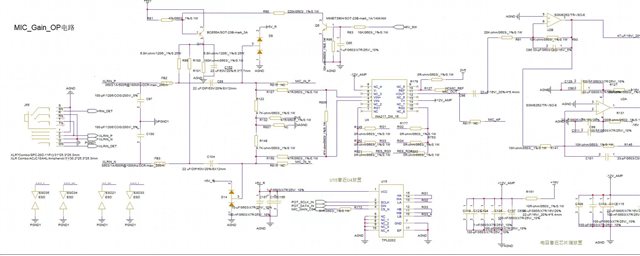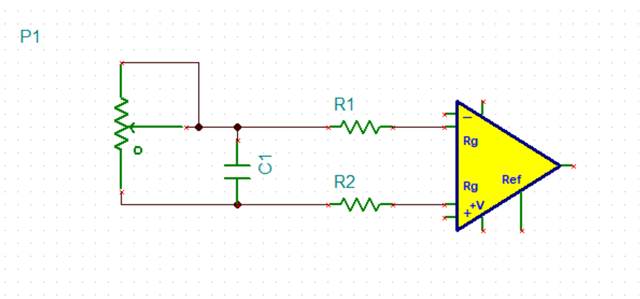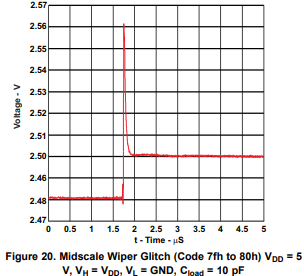Other Parts Discussed in Thread: TPL0202-10, PGA849,
Tool/software:
Hi
Customer feedback shows that when using a digital potentiometer to adjust gain, there may be signal distortion at the moment of resistance change. Suspected to be caused by discontinuous changes in the resistance of the digital potentiometer. Is there any solution.
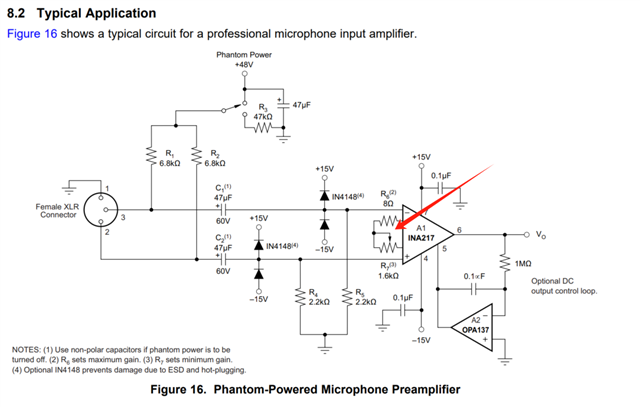
distortion waveform

